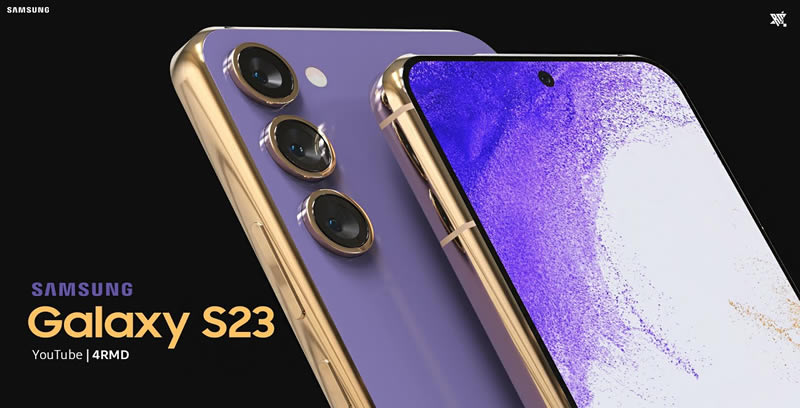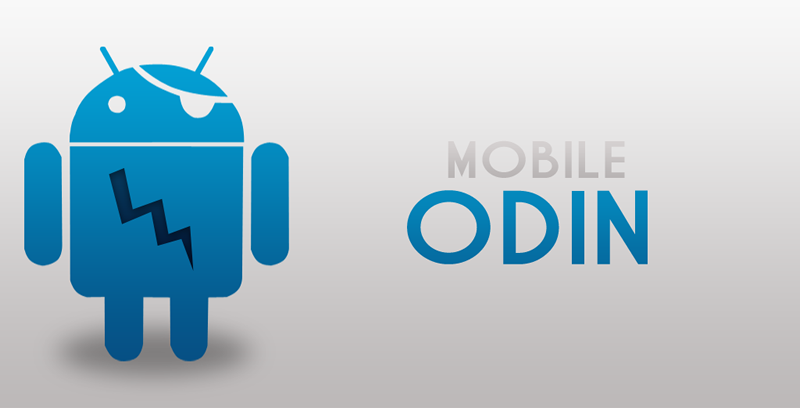Search result
 |
 |
|
this article is not available |
||
 |
 |

Recently leaked news refers to the predecessor of P30 Pro as the P40 Pro. Huawei has announced that the phone will be officially unveiled on March 26, 2020, in Paris. Huawei CEO Richard Yu confirmed the name of the Huawei P40 series and called it the world's most powerful 5G smartphone. The Chinese brand also displayed its first foldable smartphone the Huawei Mate XS at the MWC that was conducted virtually due to the coronavirus problem in the region. The company also showed off the 5G variant of the MatePad Pro, as well as new laptops and smart home devices, and a few updates to its Huawei Mobile services ecosystem and the App Gallery.
While there isn't much news about the phone, the only confirmed news we have is that the P40 series will support 5G. The smartphone will be powered by the Kirin 990 5G processing chip we saw for the first time being used in Mate 30 Pro. The next biggest news is that unless something unpredictable happens between today and March 26, the Huawei P40 won't have the Google apps or the Play Store due to the Trump administration ban.
Richard Yu is hasn't made any big claims at the event, but it will be interesting to see how the company is going to manage the competition with its most powerful 5G smartphone series - and yet no Google apps. That we need to find out in a couple of months. According to the leaks, there will be three new flagships in the P40 series - the Huawei P40, Huawei P40 Pro, and Huawei P40 Pro premium edition. The only major difference between these phones is the camera specs. The Huawei P40 is expected to come with triple rear cameras while the P40 Pro and P40 pro premium are said to have the quad and Penta camera lenses, respectively.
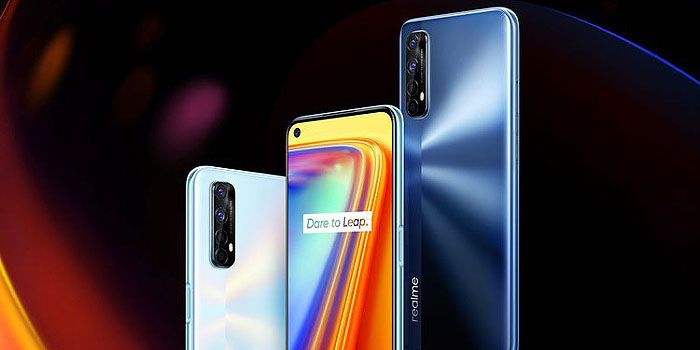
The realme, one of the largest growing chinese smartphone brands, will launch their next series in the UK on October 7. The series is specially designed to meet the needs of the younger generation who use smartphones to keep in touch with their family and friends. The phone comes with an ultra-long battery life, but more importantly, it features the ability of 65W fast charging. You can charge the 7 pro to 100% in just 34 minutes.
The phone is also the perfect device for people in love with mobile photography, featuring a Sony 64MP Quad camera. The camera comes with Starry mode, a new suite of advanced AI filters, and a 32Mp in-display selfie cam for beautiful looks. The phone is powered by a Snapdragon 720G processor. The device features a 6.4-inch Super AMOLED full-screen display, which is ideal for anyone interested in stunning and sharp display. In addition to the Pro model, the realme 7 comes with 5,000mAh battery and 30W dart charge, providing standby time of more than a month.
Realme 7 is powered by the world's first MediaTek helio G95 gaming processing, and offers high display refresh rate up to 90Hz and a 48Mp AI Quad camera with 16Mp in-display selfie camera. Realme 7 owns one of the most powerful game processing engines available in the market. Both phones have passed 22 major and 38 minor tests for the TUV Rheinland Smartphone Reliability Verification. The phone was tested for extreme cases and has been certified as both reliable and safe device for the consumers. You can check more detail on its release date on realme official Twitter and Facebook pages.
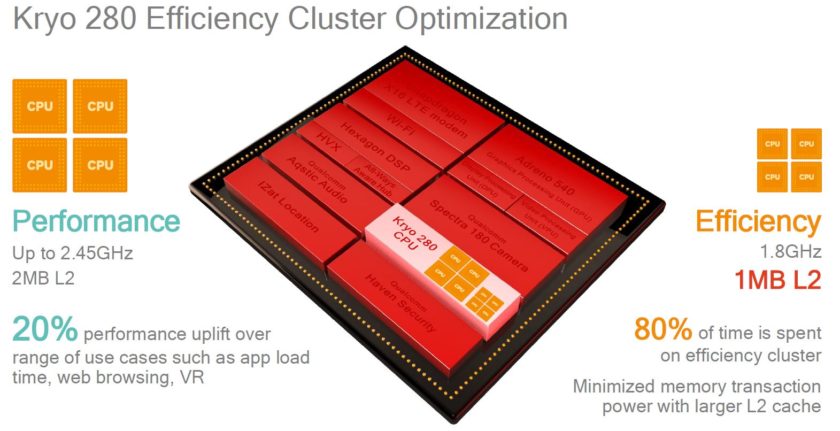
We knew it was coming and now it's official. Qualcomm has publicly detailed the specifics of their latest flagship chip, the Snapdragon 835. It will allow smartphone manufacturers to utilize better technology and equipments in the mobile phones of 2017 in terms of photography, machine learning and displays.
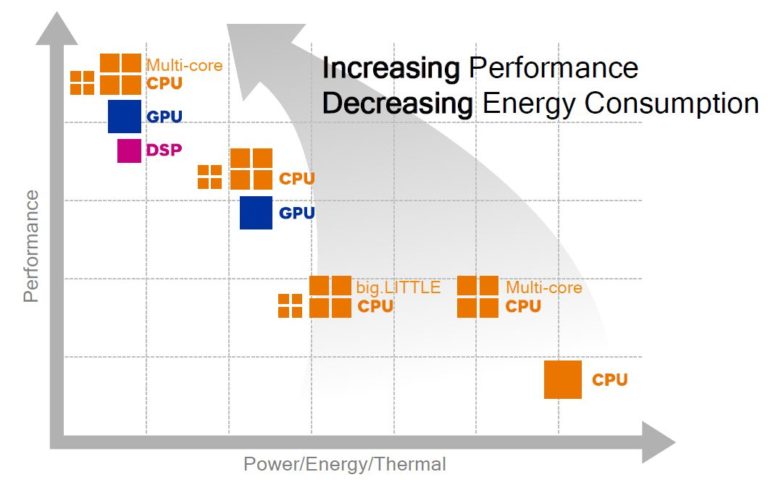
The CPU in the 835 chip is an octa-core, semi-custom Kryo 280 CPU core design with possible ARM Cortex-A73 cores powering it. The Kryo 280 system is divided into four cores with 1.9GHz clock speed for efficiency and four cores with 2.45GHz clock speed for performance. Take a look at the image below to understand some of the differences between the SD 835, the SD 821 and the SD 820.
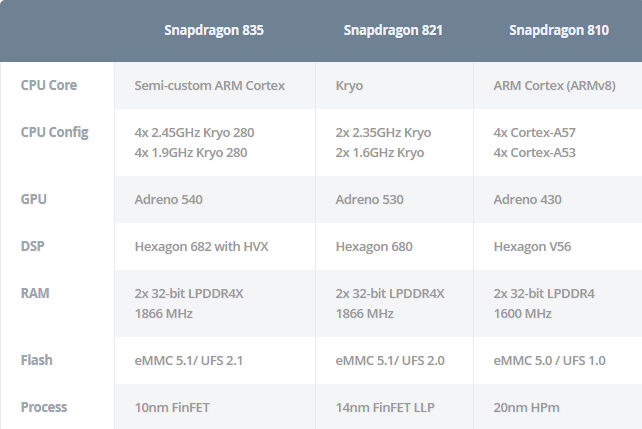
Apart from providing a boost of about 20% over the SD 820, the SD 835 will also allow for much better battery efficiency. Qualcomm expects that around 80% of all the tasks usually performed by a smartphone will be handled by the comparatively low-powered CPU cores, thereby providing an additional two and a half hour of battery life, as compared to the SD 820. Let's not forget that all of this has a lot to do with Samsung's 10nm FinFET process, on which the new chips are being built.
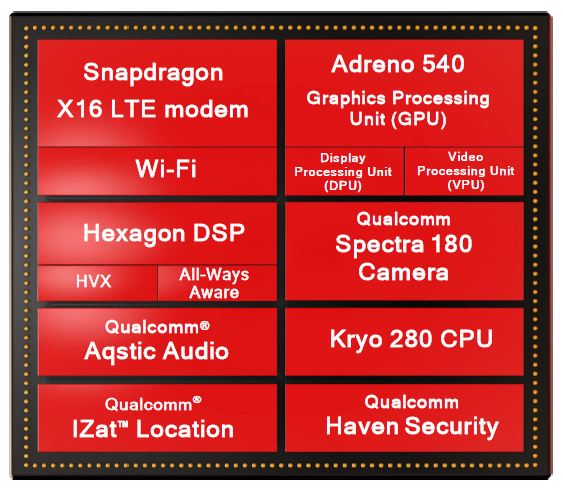
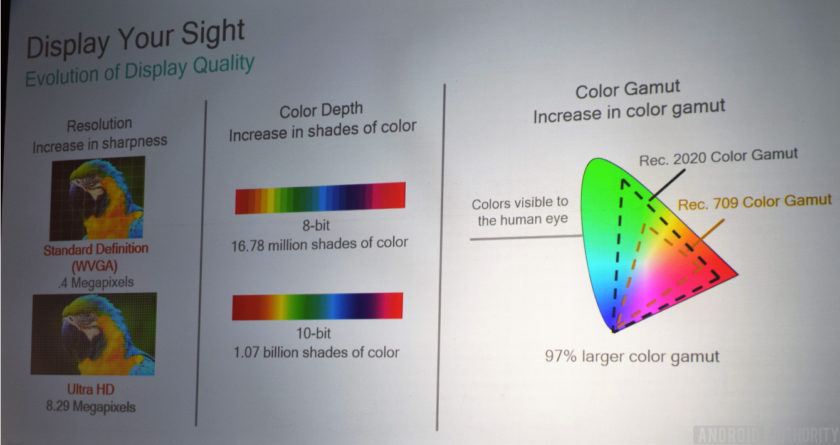
The Adreno 540 GPU is similar to the Adreno 530 in architecture, but the faster trilinear filtering and GPGPU compute will lead to a 25% performance boost over the older GPU. In terms of display, it can support 10-bit color at 4K resolution with a constant 60fps frame rate. The Adreno 540 GPU can now handle 107.4 million colors (previously 16.8 million) as well. In summary, we would say that the Qualcomm Snapdragon 835 is the most powerful and revolutionary mobile chip yet. If you are interested in more technical details, check it out here.
Saikat Kar (tech-enthusiast)

After 70 years of technological advancements have lead us to a point where pocket-sized devices now pack enough computing power to put to shame supercomputers of old. A recently published infographic by Experts Exchange shows some intriguing comparisons between supercomputers, consoles, smart watches and smartphones.
For example, the current top dog on the supercomputer front, the Chinese Tianhe-2 is capable of a staggering 33.86 PFLOPS (peta floating-point operations per second), which would take 18,400 Sony PlayStation 4s consoles to match.
The Samsung Galaxy S6, which at the moment is the smartphone with the highest raw performance, is more than five times as powerful as the PlayStation 2, which was released in 2000. More impressively though, the 138g phone's 34.8 GFLOPS are 2,900,000 times as much as the 12,000 FLOPS the IBM 704 room-sized supercomputer could produce back in 1954. Check the Infographic below (Click to Enlarge).

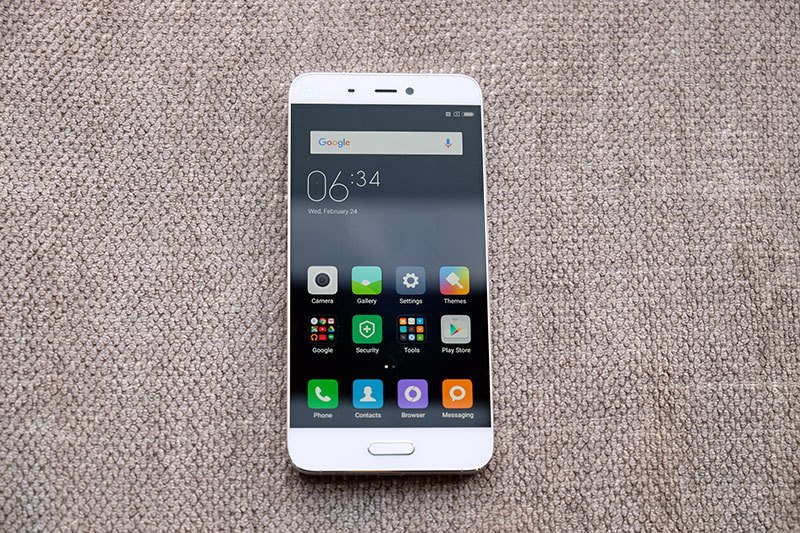
Finally Xiaomi revealed the Mi 5 at the MWC 2016 event held in Barcelona after close to two years of development. This was one of the devices that had garnered lot of attention as a successor to the Mi 4. While the whole world of mobile enthusiasts were waiting for the launch of Mi 5, Xiaomi released the Mi 4i and not-so-exciting Mi 4c. This way Mi 5 as a flagship device remained as a dream for a long time. Surprisingly, there were lot of rumours about the launch of this device, but 24th February, 2016 was the date on which we finally witnessed the launch.
So what exactly is packaged in the Mi 5? Before getting into that, let's first check out the three variants - Standard, High, and Exclusive. In terms of design all of these versions are more or less similar, featuring curved edges in the back in order to make it easy to hold. The difference comes in the form of build material - the first two have a refined hybrid of metal and Gorilla Glass 4.0 and the Exclusive variant has ceramics and glass.
Given below are the features that make Mi 5 a lucrative option:
- OS: Android 6 Marshmallow
- Dimensions: 144,5 x 69.2 x 7.25mm
- Weight: 129g weight
- Screen : 5.15" Full HD (1080 x 1920)
- SoC: Snapdragon 820
- 1.8GHz / 3GB RAM (Standard edition)
- 2.15GHz / 3GB RAM (High edition)
- 2.15GHz / 4GB RAM (Ceramic exclusive)
- Snapper: 16MP in the back, 4-axis OIS, 4K video, Sony IMX 298 sensor
- 4MP in the front with 2.0-micron camera
- Storage: 32 GB (standard) / 64 GB (high)
- 128 GB (ceramic exclusive)
- Battery: 3000 mAh
- Other features: USB Type-C
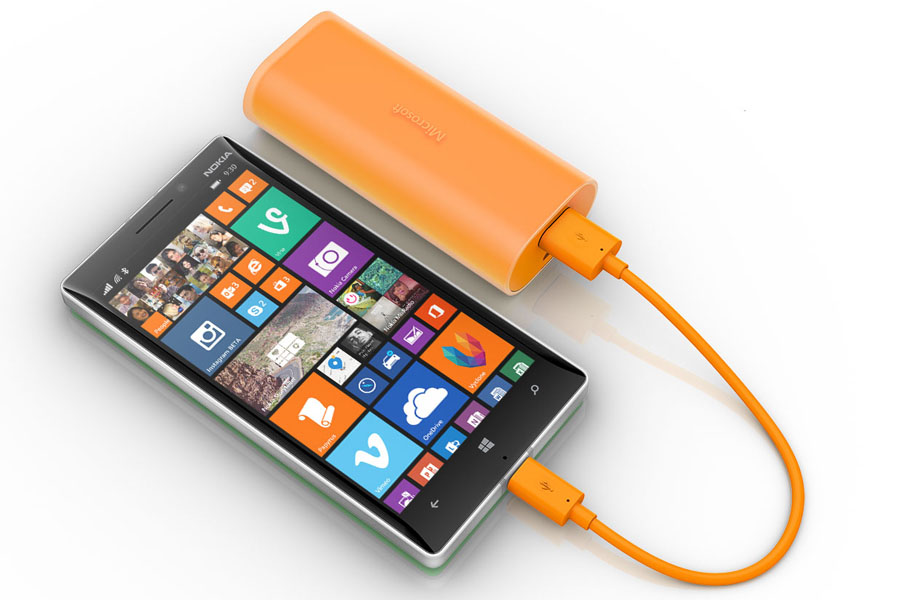
Microsoft is killing Nokia Branding step by step, the company just announced the "Microsoft Portable Power DC-21" with a 6,000 mAh charger available in three different bright colors. It is the most powerful charger by the company to date, but it is also the first one using the new branding "Microsoft" not "Nokia" or "Lumia".
Since Microsoft is dropping the Nokia branding already, I guess the rumors were true and upcoming phones and accessories will be Microsoft branded as well.
About the charger now. Microsoft Portable Power is a 6,000 mAh portable charger available in white, green and orange. When used with Nokia Universal Fast USB Charger AC-60 (or any 1.5A wall charger I suppose), it goes up to 80% for three hours and up to 100% in four hours. The Charger will cost about $50.
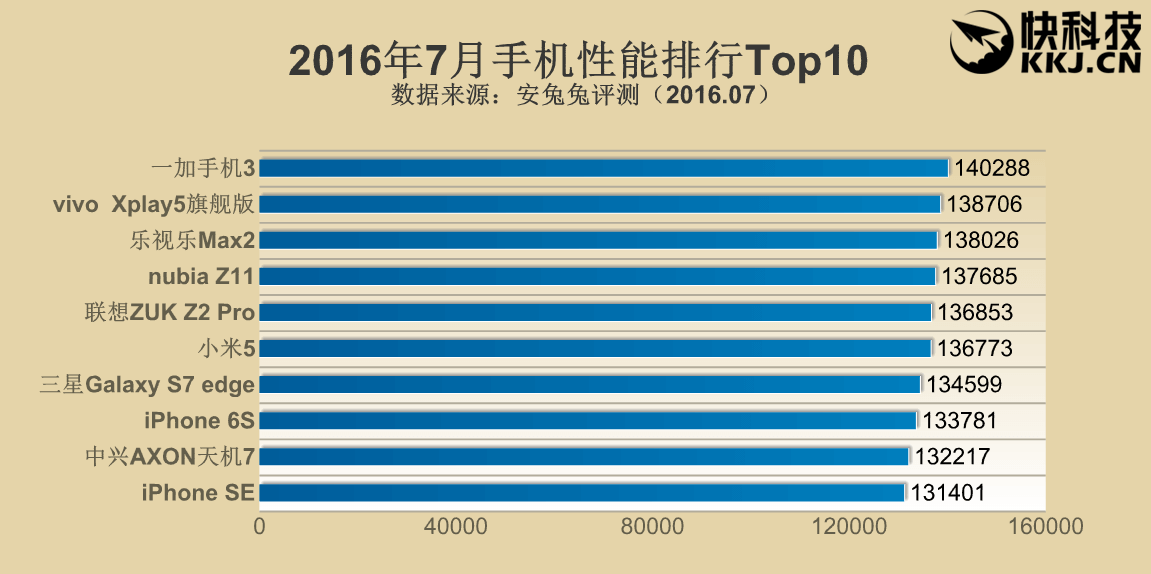
Let's get this out of the way first; the iPhone 7 has scored significantly more on AnTuTu than any other Android smartphone in existence till date. The 178,397 points that it scored according to a recent report is just off the charts. However, the new Apple A10 chip did have fewer pixels to push than any of the flagship Android handsets on the list as the iPhone 7 only sports a resolution of 750 × 1334. In spite of that, it is currently the reigning king sitting on top of the list (unofficially for now).
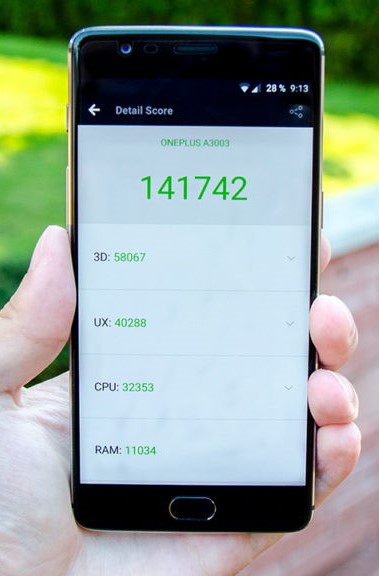
That being said, Chinese handsets from manufacturers like Xiaomi, Vivo, LeEco, Nubia, Lenovo and of course, OnePlus are on top of the AnTuTu score chart when it comes to Android devices. The much loved OnePlus 3 leads the table for now with a score of 140288, followed by the Vivo Xplay 5 Elte (138,706), the LeEco LeMax 2 (138,026), the Nubia Z11 (137,685), the Lenovo Zuk Z2 pro (136,853) and the Xiaomi Mi5 (136,773).
It is a bit surprising to see the Samsung Galaxy S7 Edge trail so far behind at the number 7 spot in 2016, because the S6 was leading the pack last year convincingly at one point. Since these Chinese smartphones are a lot cheaper than the ones made by Samsung, in spite of being manufactured with quality hardware, are we witnessing the slow rise of new leaders in the smartphone industry?
Saikat Kar (tech-enthusiast)
© 2023 YouMobile Inc. All rights reserved
